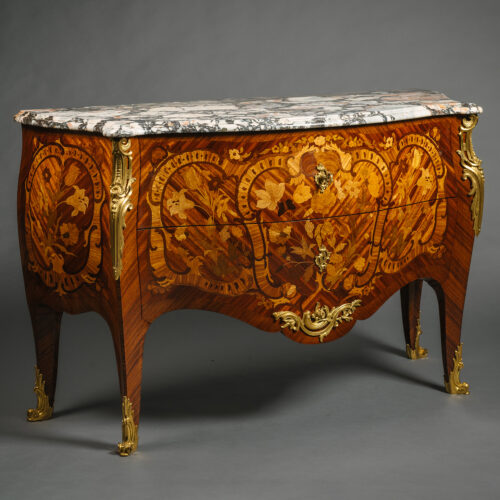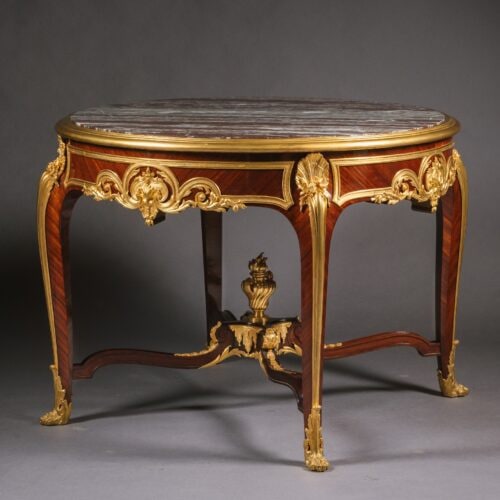弗朗索瓦-林克
A Rare and Important Gilt-Bronze Mounted Mahogany Centre Table with ‘Pietre Dure’ Specimen Marble Top
POA
A Rare and Important Gilt-Bronze Mounted Mahogany Centre Table with 'Pietre Dure' Specimen Marble Top, By François Linke, Paris, Index Number 616. This...
尺寸
高度:76厘米(30英寸)Diameter: 106 cm (42 in)
描述
A Rare and Important Gilt-Bronze Mounted Mahogany Centre Table with ‘Pietre Dure’ Specimen Marble Top, By François Linke, Paris, Index Number 616.
This magnificent centre table has a ‘Pietre Dure’ hardstone mosaic top incorporating various precious marbles. The frieze is mounted to each side with a rectangular gilt-bronze plaque cast in relief with putti representing sculpture. The tapering legs are headed by swagged acanthus garlands running to leaf-cast and pomegranate-form feet.
The surround of the gilt-bronze top with engraved signature ‘F. Linke’.
The remarkable marble top is comprised of radiating roundels and spears of precious marble including levanto rouge, violet brocatelle, viollette de Villette, vert d’Irlande, vert antique, which are all inset within a bleu Belge marble ground. It is an excellent example of the art of ‘Pietre Dure’ (or hard stones) which has been prized throughout the history of the decorative arts and admired for its beauty and technical prowess akin to ‘painting in stone’.
The origins of the technique can be traced to the classical world when precious stones were sourced from across the Roman Empire, from Algeria to the Alps, and was revived towards the end of the 16th century following excavations of archaeological sites. Marbles and hardstones were prized for their connection to Ancient Rome, and fragments of especially precious stones, such as porphyry excavated from the Roman Forum, were reworked into ‘Pietre Dure’ objects and incorporated into mosaic tabletops. The fashion for ‘Pietre Dure’ led to the establishment of workshops in Rome, soon followed by Florence.
The geometric inlay to the present table is inspired by early renaissance ‘intarsias’ created by the Cosmati family, who created works by taking marble from ancient Roman ruins, and arranging the fragments in geometrical decorations.
The magnificent marble tabletop was designed to complement the table base which is richly adorned with neoclassical attributes, such as the swagged acanthus leaves which are associated with enduring life. The frieze of the table to four sides is applied with finely cast gilt-bronze plaques cast in relief with cherubs which are depicted in the divine pursuits of painting and sculpting. The Greco-Roman references are reinforced by the design of the table base which is conceived in the neoclassical style based on the ‘Table des Muses’ by Jean-Henri Riesener, which was made for Louis XVI by Jean-Henri Riesener and now on display at the Petit Trianon, Versailles.
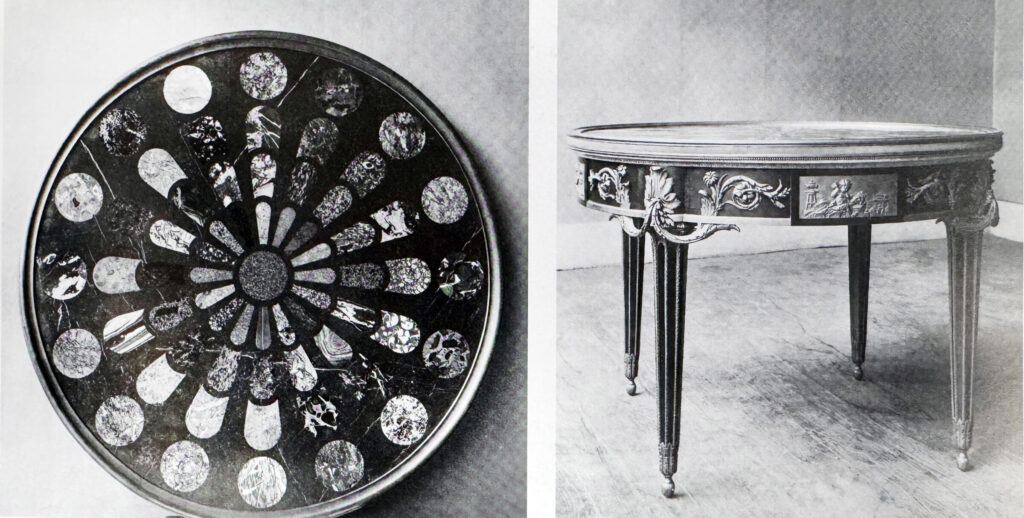
A photograph of a table of this model in the Linke Archive, illustrated in C. Payne, ‘François Linke: The Belle Epoque of French Furniture’, Woodbridge, 2003, p. 495, pl. 616
The maker of the table is François Linke who is the most famous and highly prized Parisien ébéniste of the Belle Epoque. Linke is renowned for the exceptional quality of his craftsmanship, use of rich materials and the fine proportions of his creations. Linke’s title for this table ‘Grand guéridon Louis XVI, pietment de la table Muse, dessus marbre assemblés, bronzes dorés mats’ also refers to its design being based on the celebrated ‘Table des Muses’ by Riesener. The Linke Archives record this table by its Index Number 616 and it is a rare model with only two examples known to have been made.
法国,约1900年。
日期
约1900年
原产地
法国
签名
The surround of the gilt-bronze top with engraved signature 'F. Linke'.
弗朗索瓦-林克(1855-1946)是十九世纪末和二十世纪初最重要的巴黎橱柜制造商,也可能是他那个时期最受欢迎的橱柜制造商。
他于1855年出生在现在的捷克共和国的潘克拉兹小村庄。记录显示,林克曾在橱柜制造大师诺伊曼那里当过学徒,然后在1875年20岁时来到巴黎,在那里一直生活到1946年去世。
据了解,早在1881年,新生的林克作坊就活跃在巴黎的圣安托万大街(Faubourg Saint Antoine),在此期间,他为其他更成熟的制造商如扬森和克里格提供家具。
林克的工艺质量是他同时代的任何一个人都无法超越的,他在1900年巴黎世界博览会上的壮观展台达到了顶峰,他的Grand Bureau获得了金奖。他在这个展台上赌上了自己的财富和声誉,展出了几件令人叹为观止的家具,并配有质量和比例都很出色的雕塑支架。他的赌博成功了,他的声誉也建立起来了,以至于林克一直是巴黎最杰出的家具公司,直到第二次世界大战。
正如《艺术杂志》在1900年对林克的展台所做的报道一样。
林克先生的作品......是一个例子,说明在路易十五和十六的经典作品中寻找灵感,而不是在很大程度上复制这些伟大的作品,是可以做到的。林克先生的作品是真正意义上的原创,因此,对于追求展览中真正的艺术作品的聪明人来说,他是值得称赞的。在制作所展示的宏伟的家具时,运用了神奇的天赋,....。
林克独特风格的形成得益于他与雕塑家Léon Messagé的合作。林克和梅萨盖一起为林克1900年的展台设计了家具,高浮雕的寓言式人物栩栩如生,体现了林克将木雕、青铜和镶嵌等不同媒介无缝融合为一个动态统一整体的能力。
今天,林克最出名的是他的作品质量特别高,以及他的个人主义和创造性。他的所有作品都有最精美、最豪华的装潢,经常应用于相对简单的胴体上。他的作品在技术上的辉煌和所代表的艺术变革是永远不会被重复的。
参考文献。
Payne, Christopher.弗朗索瓦-林克,(1855 - 1946),《法国家具的美好时代》,古董收藏家俱乐部,(英国Woodbridge),2003。
梅耶,乔纳森.伟大的展览 - 伦敦,纽约,巴黎,费城,1851-1900,古董收藏家俱乐部,(英国Woodbridge),2006;第298 - 300页。
Ledoux - Lebard, Denise.Les Ébénistes du XIXe siècle, Les Editions de l'Amateur, (Paris), 1984; pp.439-43。
Revue Artistique & Industrielle,(巴黎),1900年7-8月。
Coral Thomsen, D. (ed), The Paris Exhibition 1900, The Art Journal, 1901; p.341.
C. Payne, ‘François Linke: The Belle Epoque of French Furniture’, Woodbridge, 2003, p. 495, pl. 616 (a table of this model illustrated).
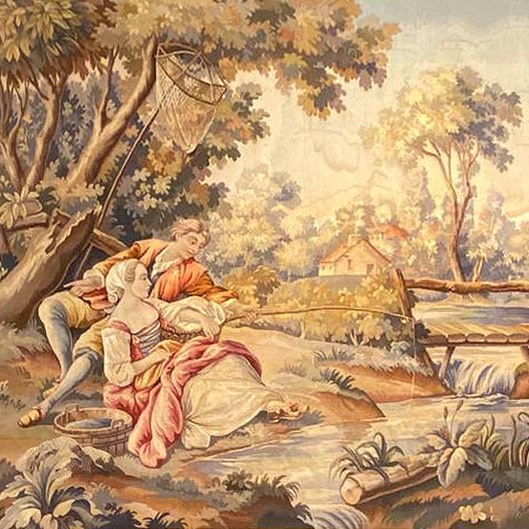




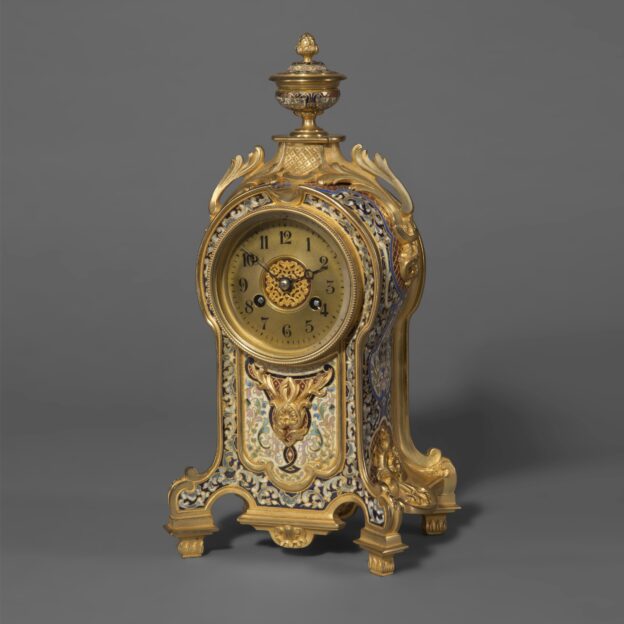
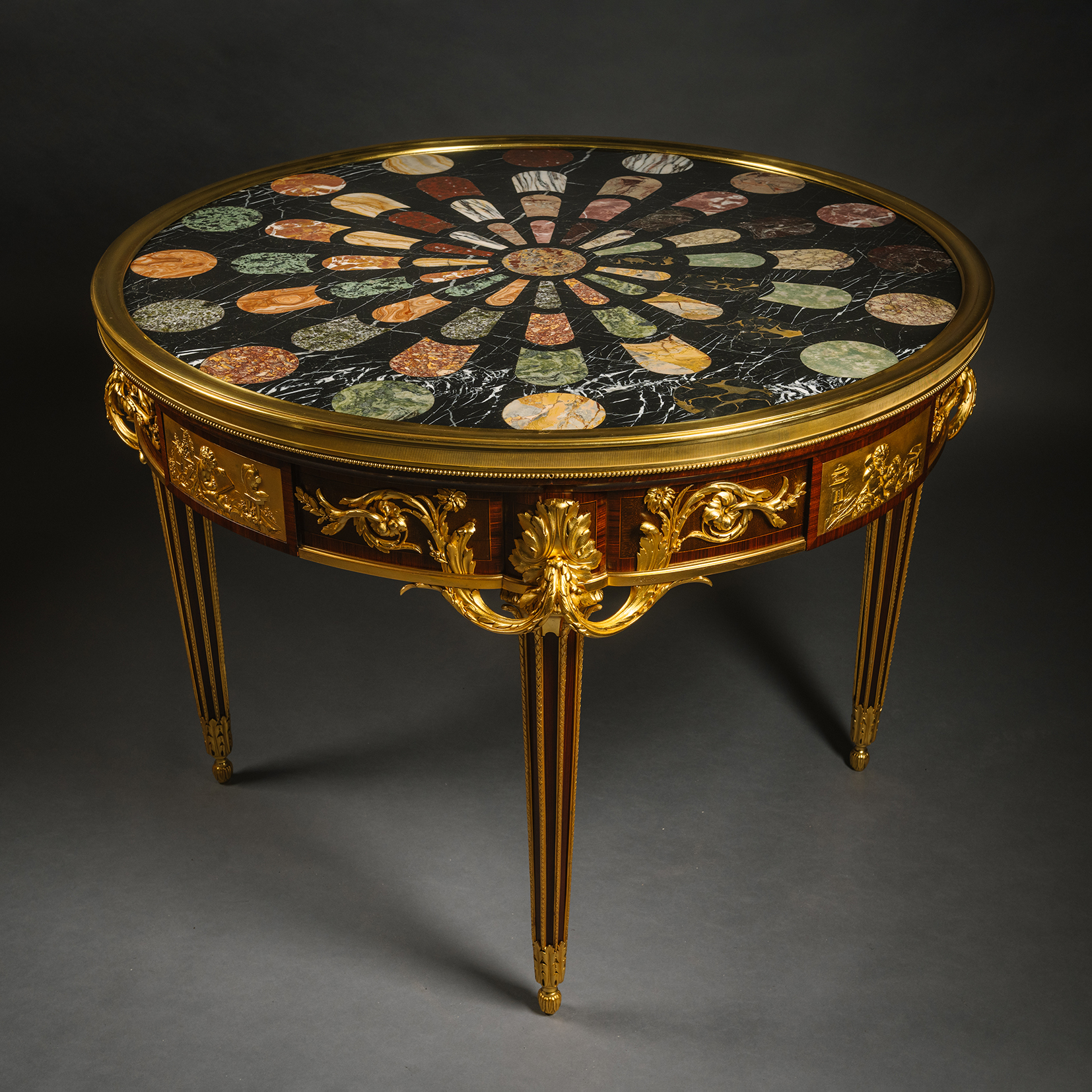
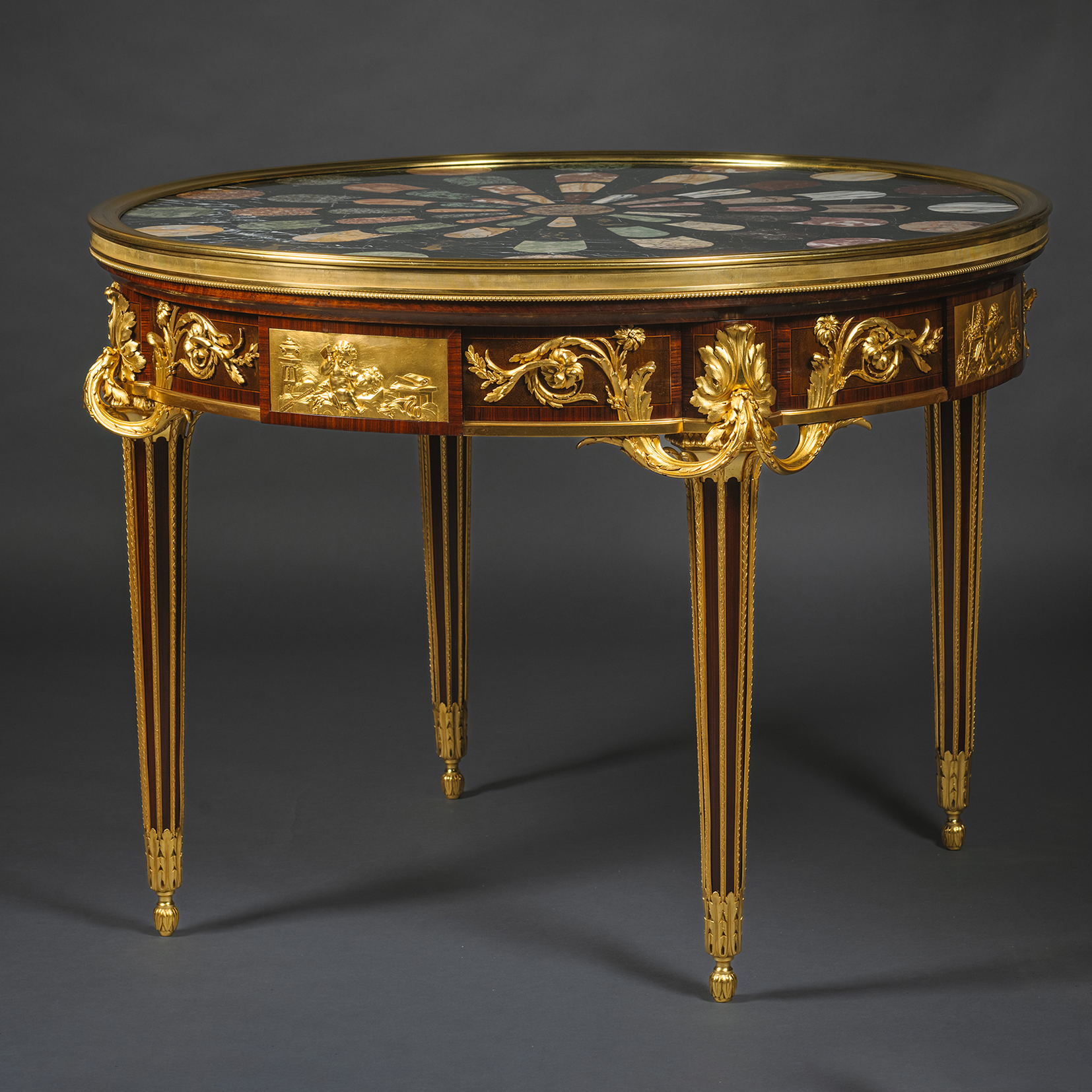
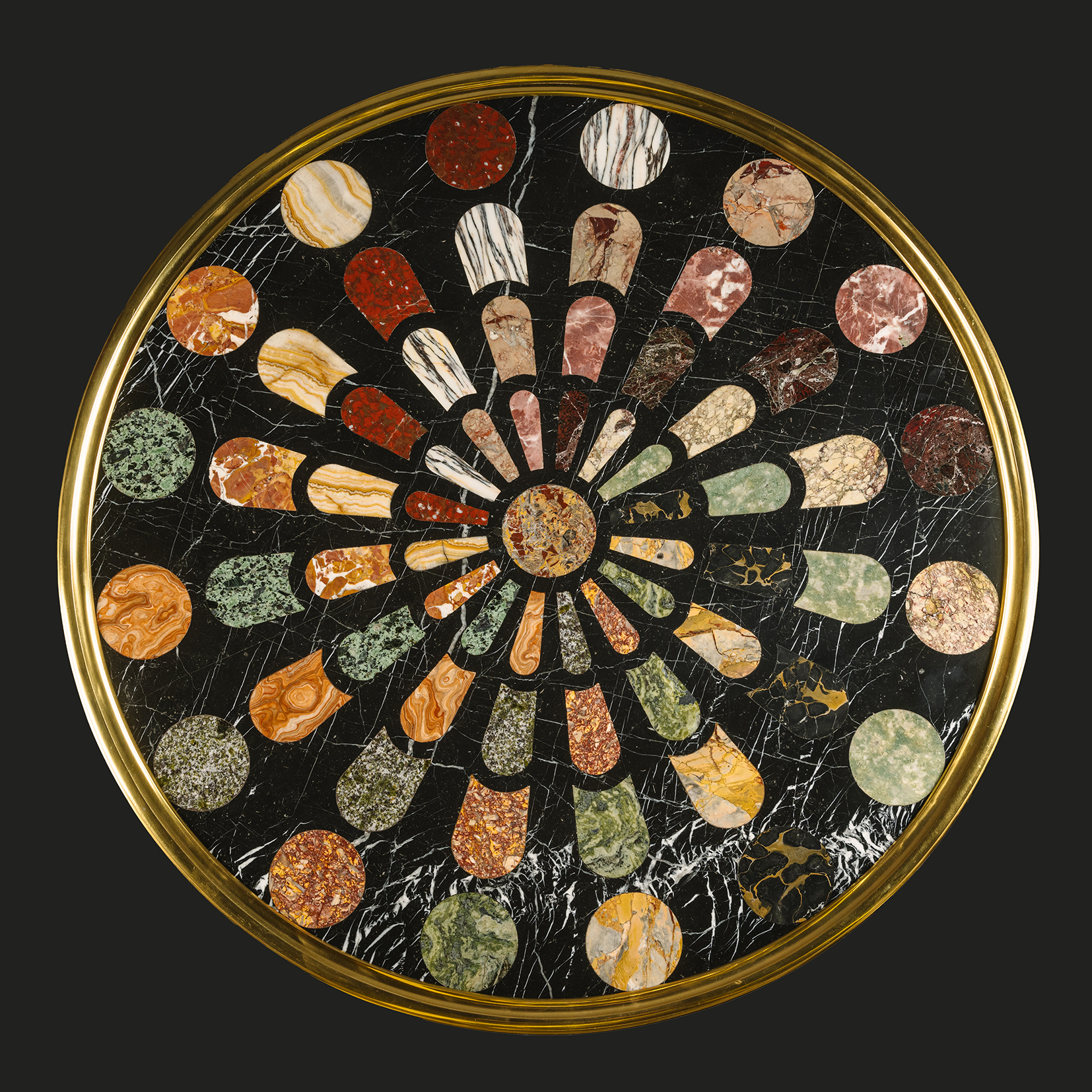
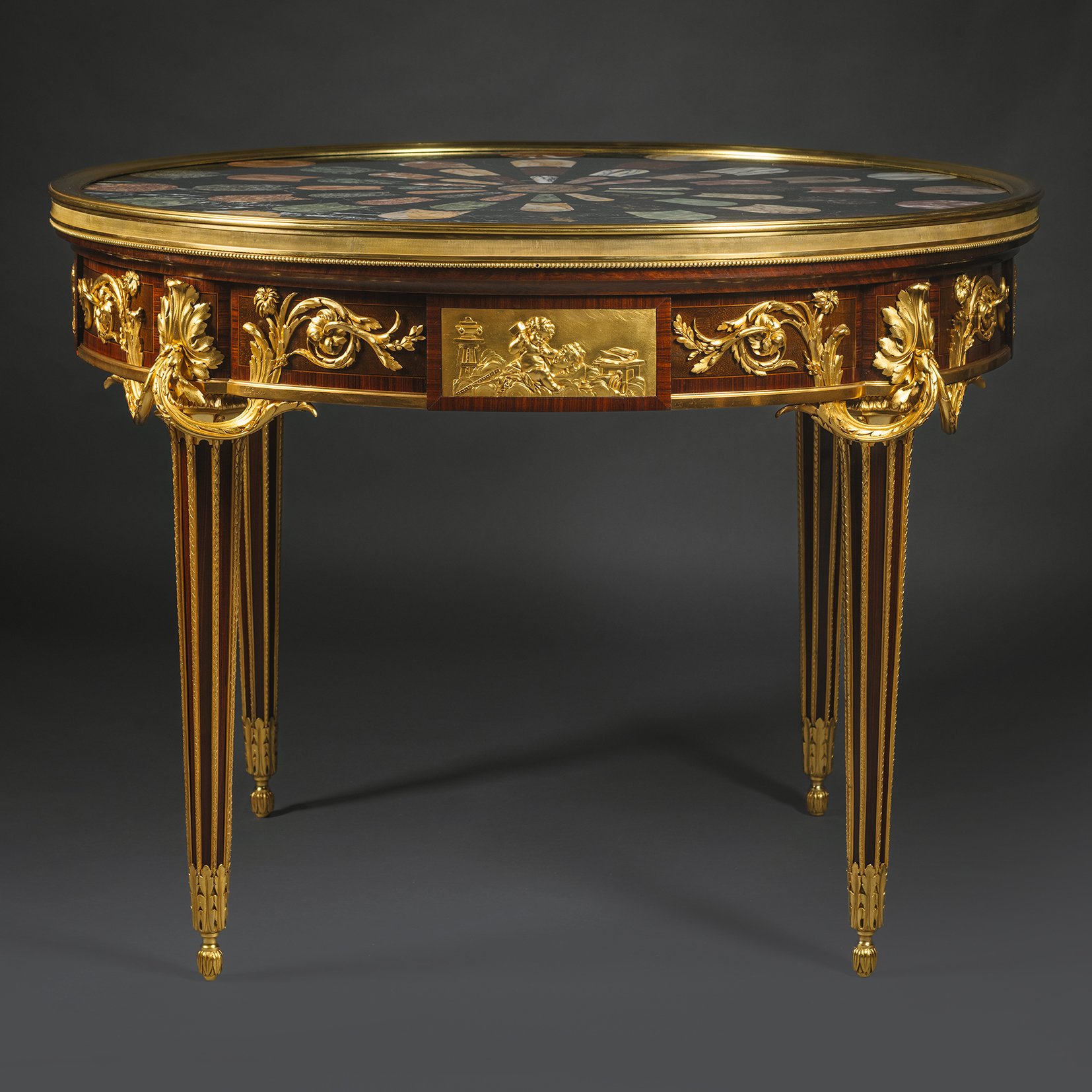
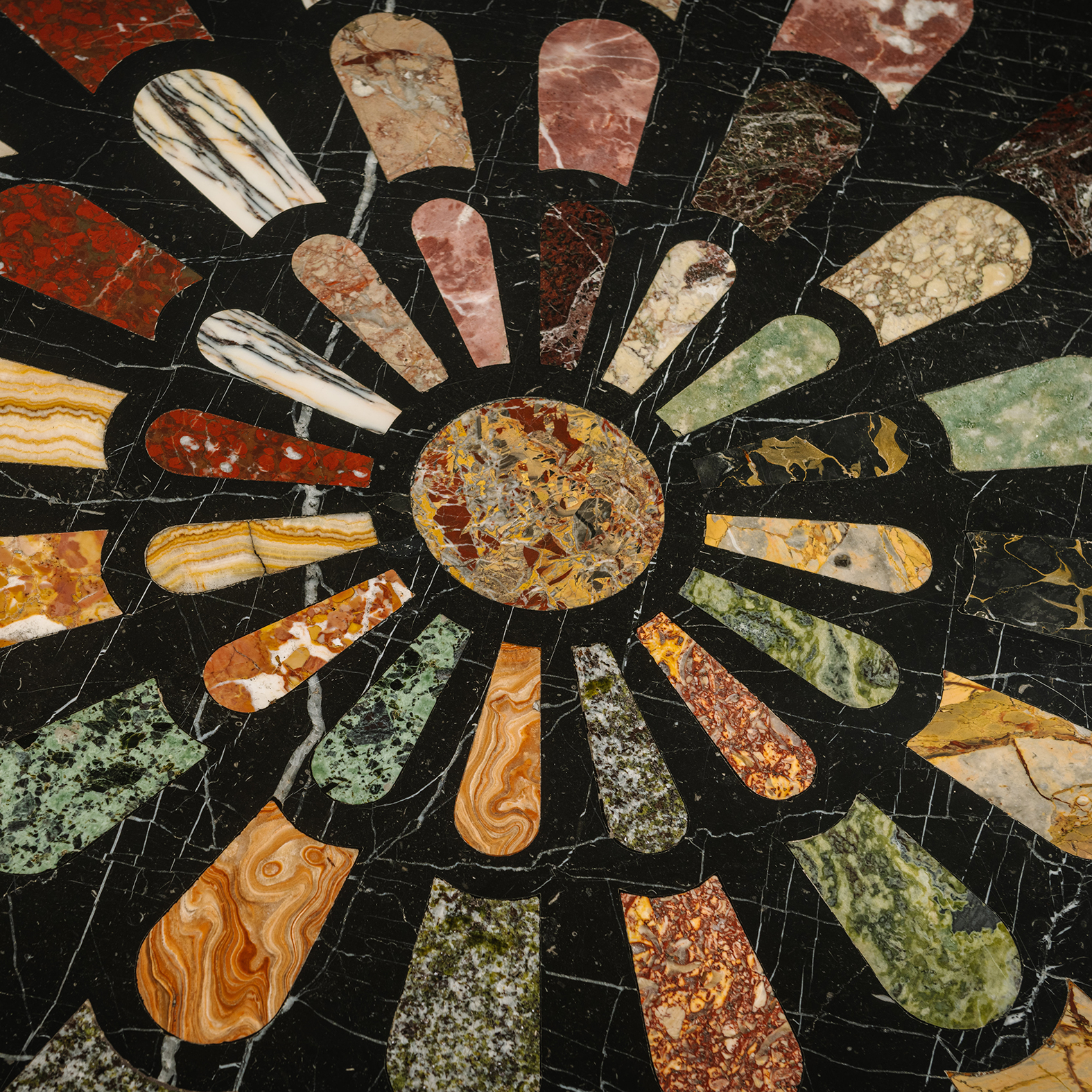
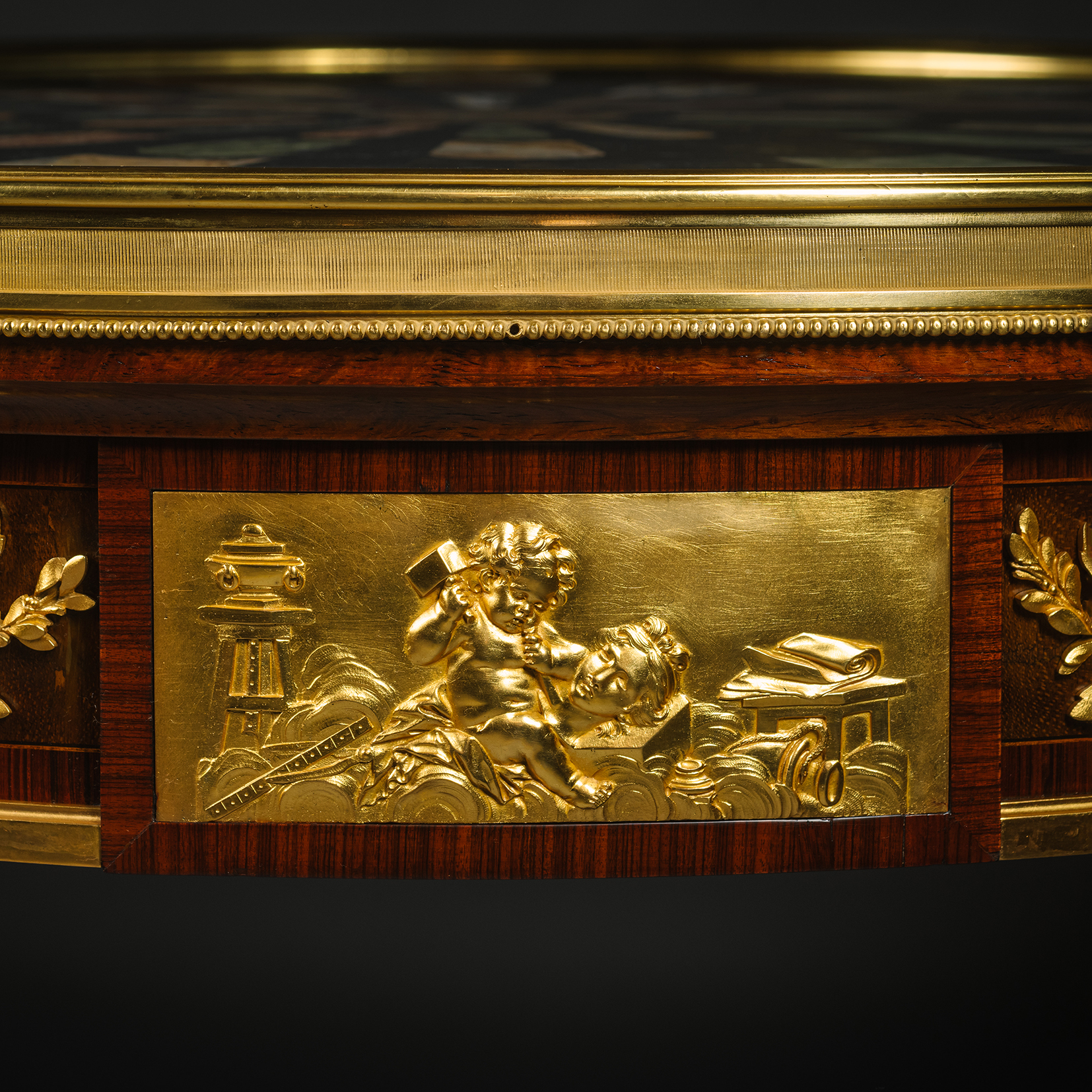
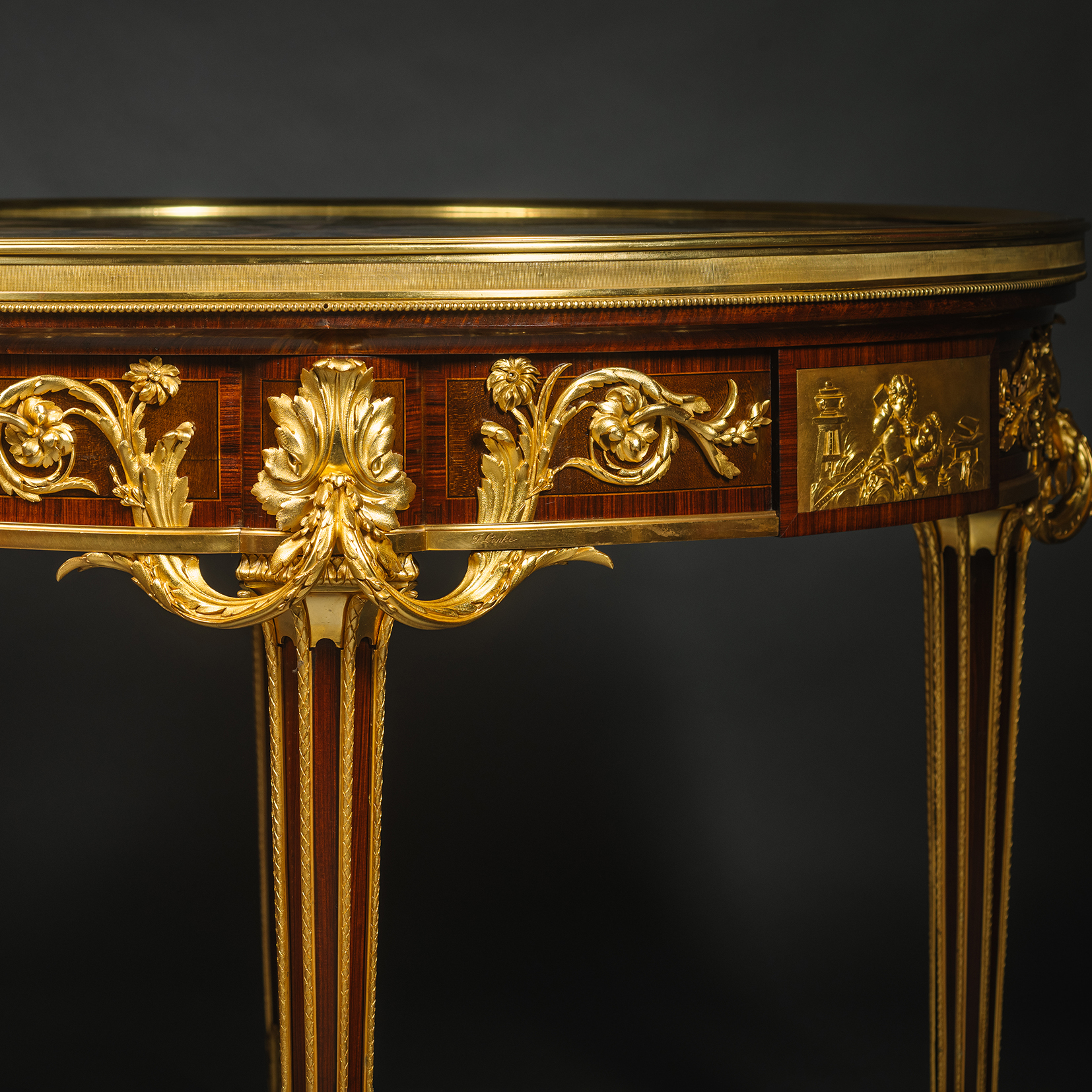
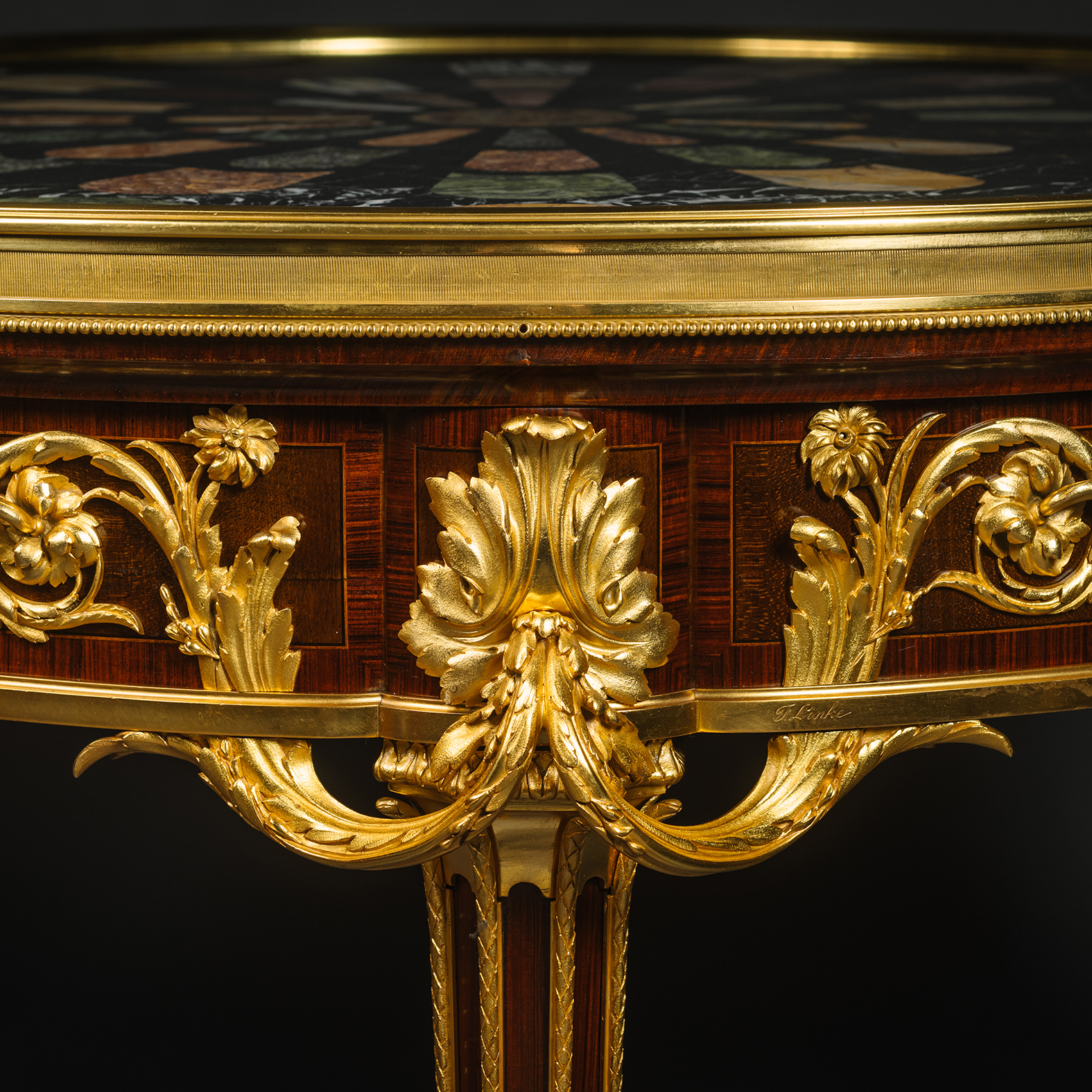
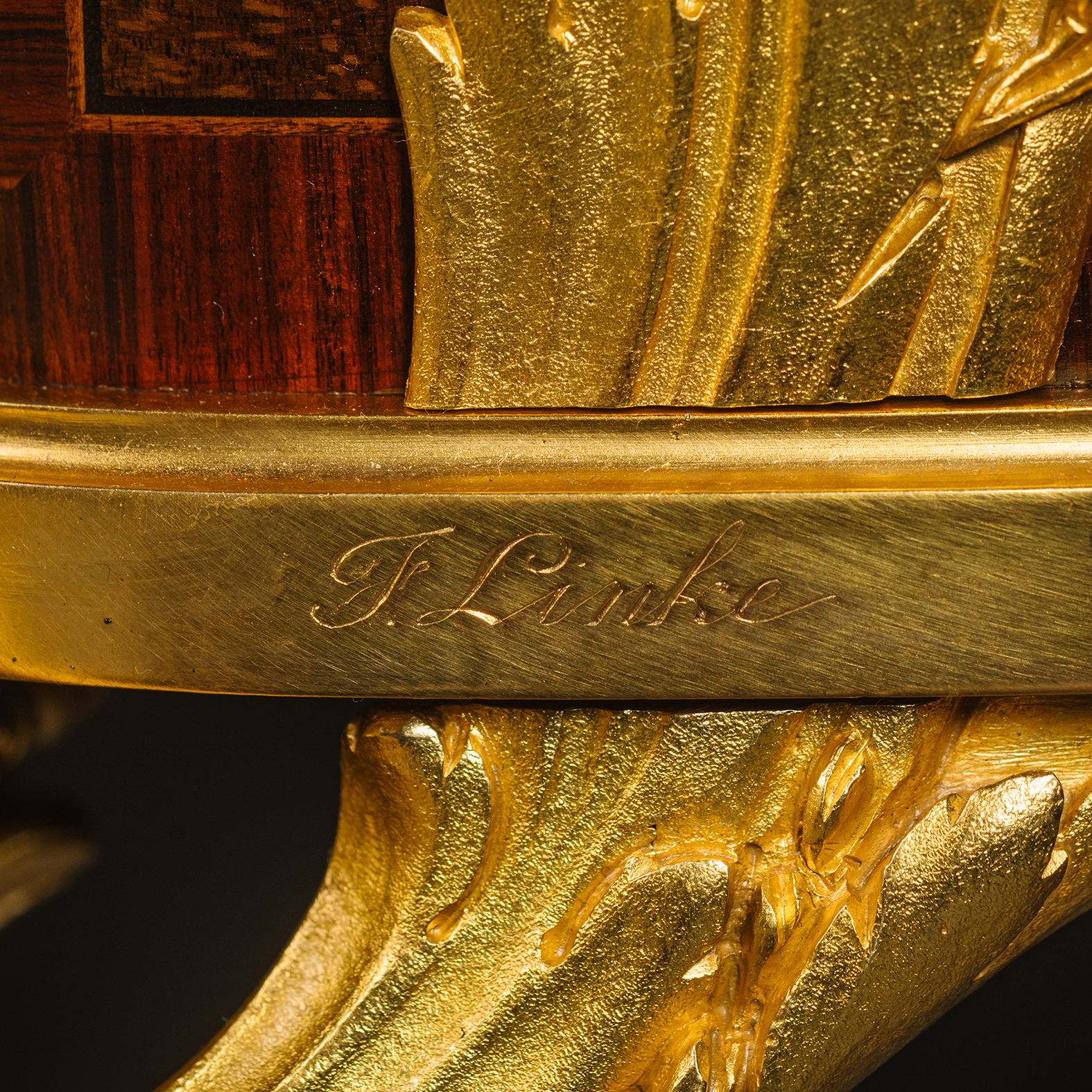

 印刷品
印刷品